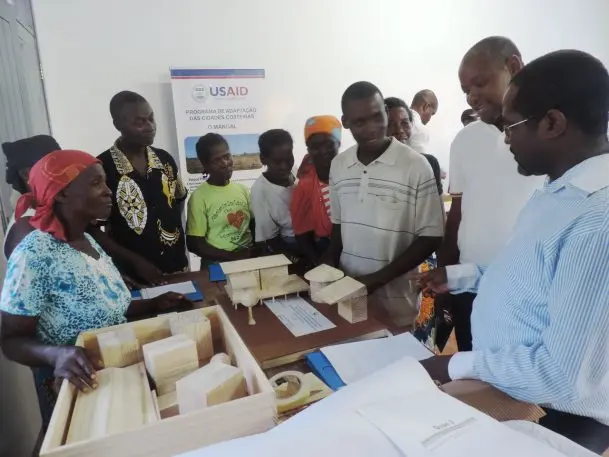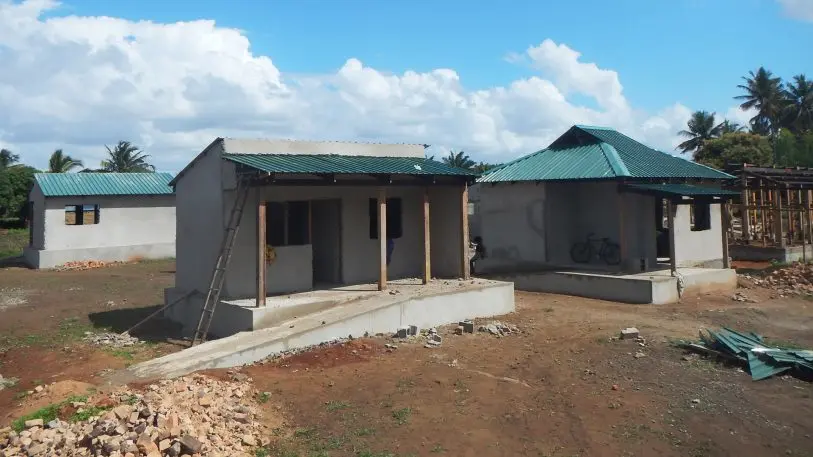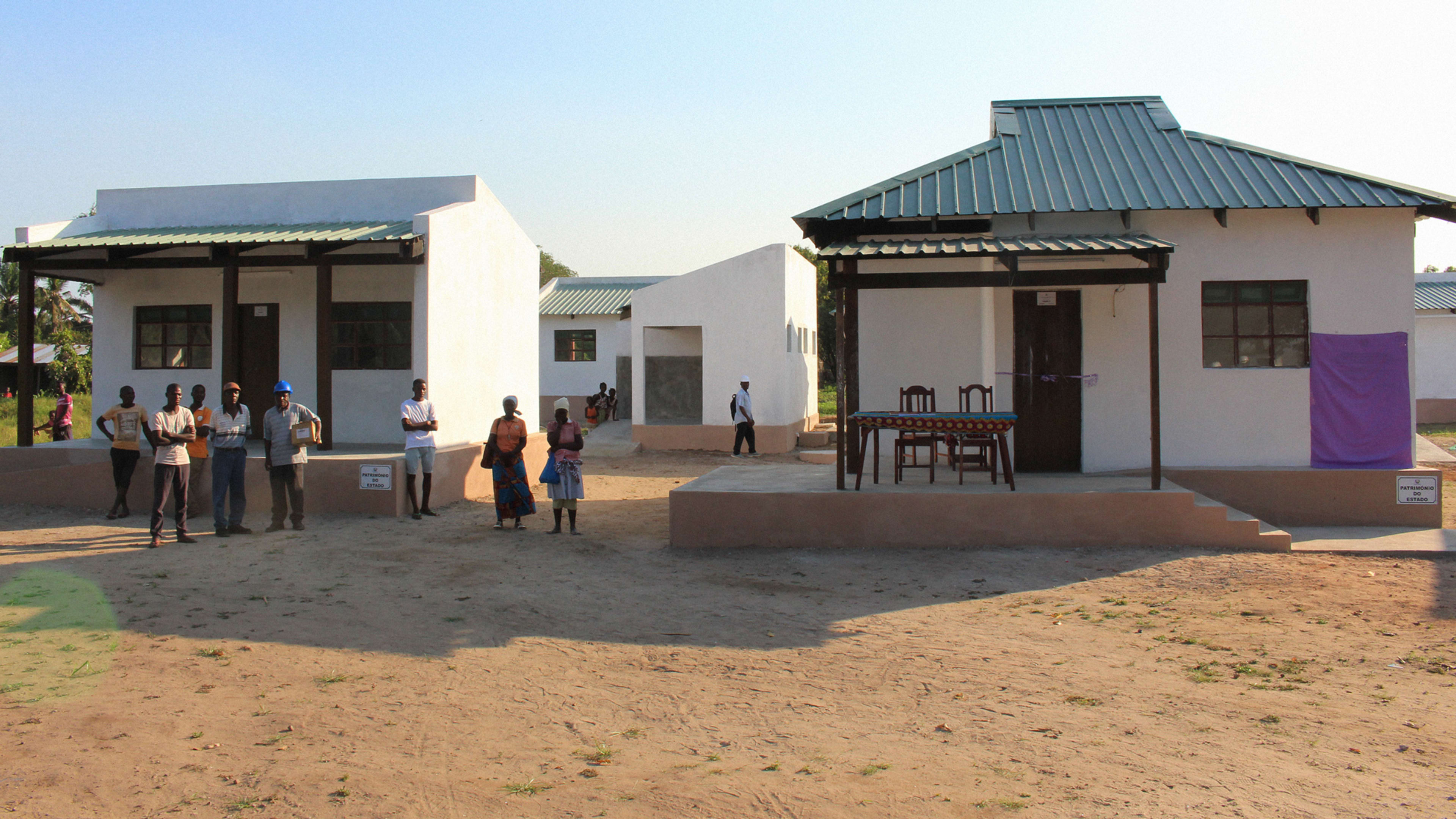As the city of Beira, Mozambique, reels from Cyclone Idai–90% of the city may be destroyed, and rescuers are still struggling to reach the thousands of people who have been displaced–it will eventually face another challenge: What’s the best way to rebuild a city where climate change is making intense storms commonplace?
Cyclones aren’t new on the coast of Mozambique. But climate change raises the risk of catastrophic floods there, just as it does in Miami or Houston. “A warmer ocean evaporates more moisture into the atmosphere. That means tropical storms pack a bigger punch in terms of how much moisture they contain and how much rainfall they can produce,” says Michael Mann, a professor of atmospheric science at Penn State University. “The warmer ocean also provides more energy to intensify tropical storms. That means bigger storm surges, further boosted by sea level rise.” In Mozambique, a long recent drought also left the soil hard and less able to absorb the rain dumped by Idai.
Beira, a city of a half million people, was hit by 100-mile-an-hour winds and more than seven inches of rain (other areas saw more than two feet of rain, or almost as much as the region would normally get in a year). After centuries of colonial rule followed by years of war, Mozambique is also one of the poorest countries in the world, and more than half of residents live below the poverty line, with few resources to prepare for storms. People typically build their own homes from the cheapest materials available. “They will use whatever means they have to build their house,” says Casimiro António, cofounder of the Arman Group, a Mozambique-based sustainable development consultancy, who previously worked with the development agency USAID.

Right now, a typical home can be easily damaged even in a relatively minor storm. But simple techniques can help. A foundation, which many homes lack, can be raised with compacted soil, stone, and cement to reduce the risk of flooding. Walls, built with local materials like coconut wood or bamboo, can be reinforced with diagonal poles. Roofs can be attached in ways that make them less likely to fly off in strong winds; they can also be redesigned to collect rainwater.
“It’s a combination of techniques that improve housing resilience,” says António. The techniques can make a house cost 25% more, but homeowners can save money over time by avoiding the need to rebuild; current homes are so flimsy that they need very frequent repairs. “If you build your house without following those resilient techniques, it means that every year you actually [might have to] rebuild your house,” he says.

Before rebuilding happens, the city should map out the areas at highest risk and make it clear where it isn’t safe to build, he says. Beira and other coastal cities at high risk could also pursue other projects piloted in the USAID program, such as redesigning sanitation so latrines don’t pollute water when it floods, and strengthening communication systems to reach people during a disaster. And new homes need to be built to a higher standard.
“Now, with this crisis, it is creating an opportunity to avoid re-creating the risks,” António says. Houses that are designed to be more resilient aren’t guaranteed to survive the most intense storms, but they make it much more likely–and if homes can withstand storms, that means that people are more likely to avoid disruptions like losing a job and deepening the cycle of poverty. More resilient homes could also save lives. “The event that just happened is a clear example that there is a need for houses to be built using resilient techniques,” he says.
There’s an argument to be made that the countries most responsible for climate change should be doing more to help cities like Beira adapt. “If we can bring carbon emissions down dramatically, we might be able to reduce the threat to our coastal cities,” says Mann. “But even from the warming that is already baked in, we are likely to see substantial additional sea-level rise, strengthening of storms, and more intense rainfall events. That means that we have to invest in greater resilience, and assist those in the developing world with the least resources and the greatest vulnerability.”
Recognize your brand’s excellence by applying to this year’s Brands That Matter Awards before the early-rate deadline, May 3.
